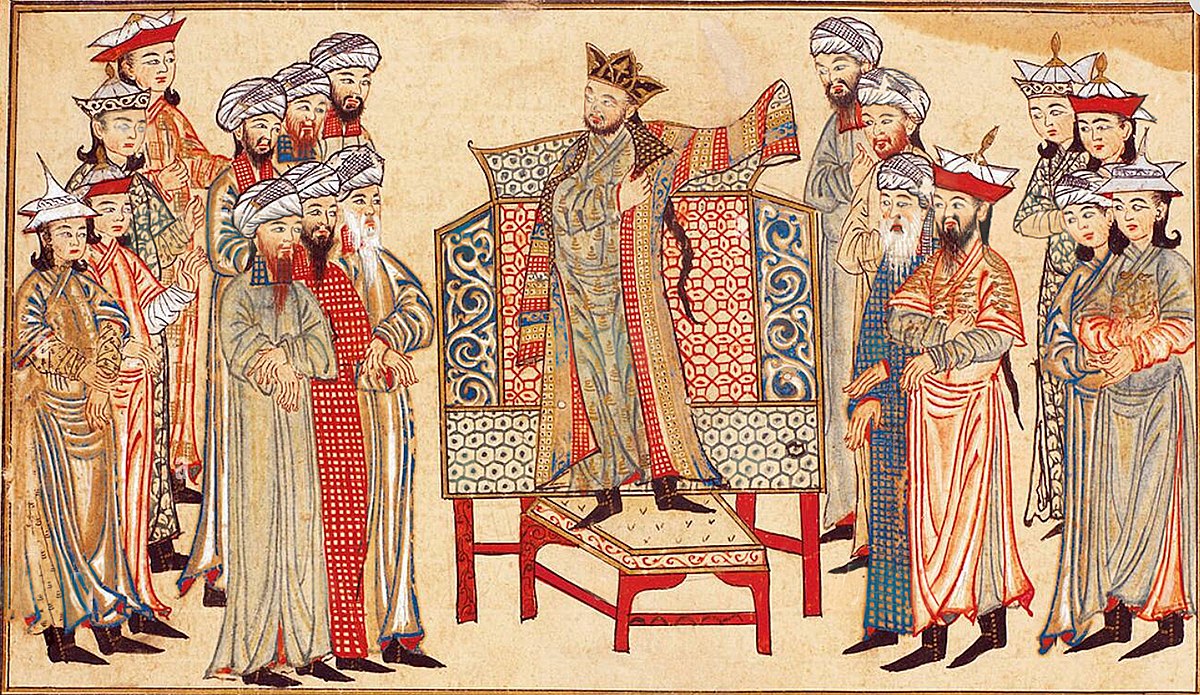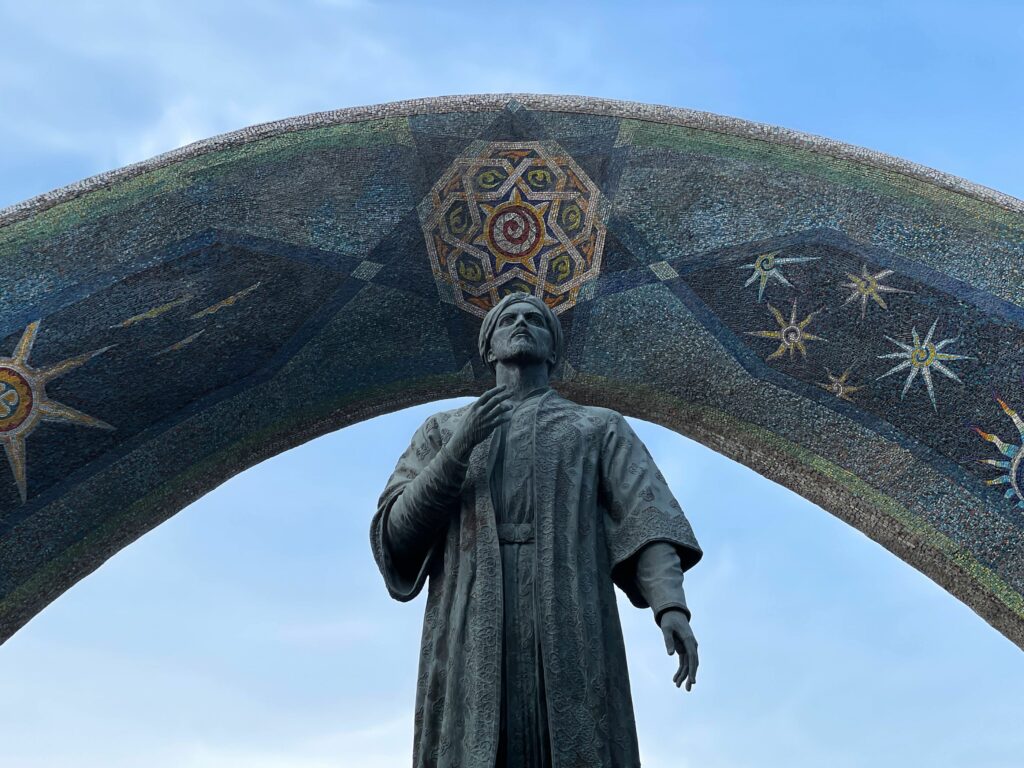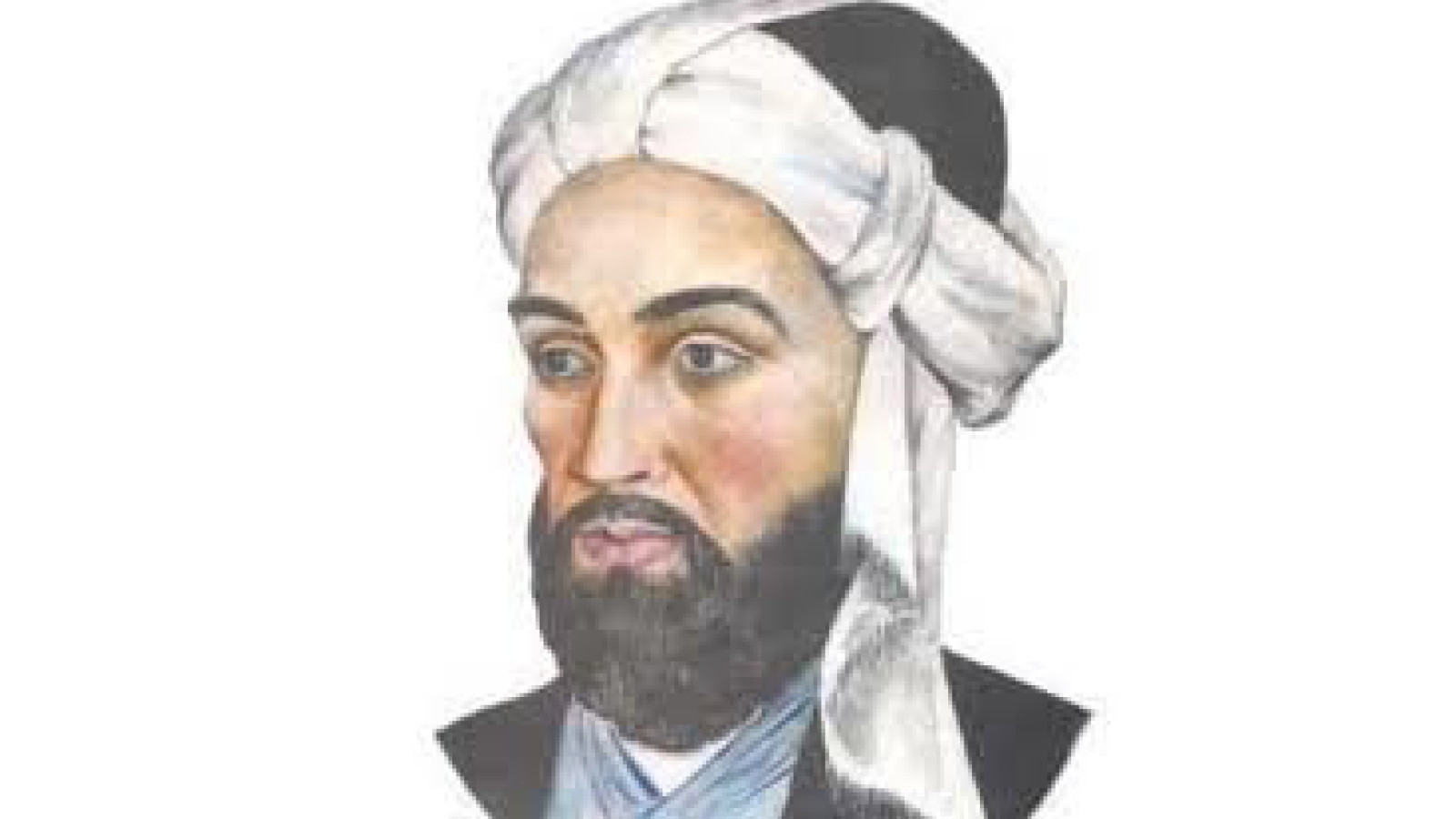Introduction
In the glittering courts of the Ghaznavid Empire (977–1186 CE), poetry was more than ornamentation—it was the very heartbeat of political and cultural life. Two of the era’s brightest stars, Ashraf al-Dīn ‘Unsurī and Farrukhī Sīstānī, perfected the art of blending courtly praise with vivid depictions of nature. Their verses not only lauded sultans and governors but also painted lush landscapes, evoking the scent of spring flowers and the melody of birdsong. In this post, we’ll explore how these two poets shaped the genres of qasīda (panegyric ode) and ghazal, leaving a legacy that resonated through subsequent Persian literature.
The Ghaznavid Court and the Rise of Persian Poetry
Founded by Sebüktegin and reaching its zenith under Sultan Maḥmūd of Ghazni (r. 998–1030 CE), the Ghaznavid court was a magnet for scholars, artists, and—above all—poets. Maḥmūd himself was a devoted patron, bestowing lavish rewards, honorific titles, and even landed estates (iqṭāʿs) on those who excelled in verse. In this milieu:
-
Panegyric (Qasīda) became the highest form of poetic flattery, a public testament to a ruler’s valor, generosity, and courtly magnificence.
-
Nature Imagery wove through both courtly and lyrical forms, drawing on Persia’s horticultural traditions and classical precedents to celebrate earthly and celestial beauty.
-
Literary Patronage elevated poets to near-celebrities; their success reflected directly on royal prestige.
Against this backdrop, ‘Unsurī and Farrukhī emerged not just as entertainers but as essential spokesmen for Ghaznavid ideology.
Ashraf al-Dīn ‘Unsurī (d. 1039): Master of Panegyric
Often hailed as the “Amīr al-Shu‘arāʾ” (Prince of Poets) at Maḥmūd’s court, ‘Unsurī set an exalted standard for qasīdas:
-
Magnificent Openings
Every ode unfurled with an elaborate nasīb—a prologue often featuring desert caravans, spring gardens, or the poet’s beloved. For ‘Unsurī, these preludes were not mere conventions but canvases for technicolor scenery:“At dawn, the rose-gardens exhaled their crimson breath,
As nightingales rehearsed their celestial refrain…” -
Courtly Panegyrics
His central panegyrics fused military triumph, royal munificence, and moral virtue. He depicted Maḥmūd’s court as a paradisal realm where justice, wisdom, and artistic splendor reigned in harmony. -
Subtle Nature Allusions
Though primarily a court poet, ‘Unsurī’s best lines contrast courtiers’ loyalty with the unwavering bloom of the narcissus, or liken a ruler’s sharp judgment to the cool shade of a cypress grove—melding praise and pastoral vision.
Under ‘Unsurī, the qasīda became a multifaceted gem, equally prized for its rhetorical brilliance and its evocation of the world beyond the palace walls.
Farrukhī Sīstānī (d. 1100): Nature’s Lyricist
A generation later, Farrukhī Sīstānī inherited the amīr al-shu‘arāʾ title under Sultan Mas‘ūd I. While he continued the panegyric tradition, his verse is distinguished by:
-
Lyrical Ease
Farrukhī’s imagery often feels more spontaneous, as if the poet pauses amid courtly duties to admire a dew-laden lotus or the trembling embrace of moonlit poplars. -
Ghazal Innovations
Though he wrote qasīdas, his ghazals—shorter, more intimate poems—highlight the interplay between human passions and natural phenomena. A beloved’s cheek may glow like the peach blossom; tears of longing may wash over petals. -
Seasonal Cycles
Several of his odes structure themselves around the four seasons, using each as a metaphor for political renewal or personal fortune. Spring heralds new regiments; autumn warns of time’s swift passage.
Farrukhī’s legacy lies in balancing courtly decorum with lyrical spontaneity, inviting readers to experience the monarch’s grandeur and the garden’s tranquility in equal measure.
Poetic Innovations: Melding Praise with Pastoral Imagery
Both ‘Unsurī and Farrukhī exemplify a hallmark of Ghaznavid poetry: the seamless fusion of panegyric and natural description. Key innovations include:
-
Ekphrastic Landscapes: Garden scenes become backdrops for political allegory—roses signify loyal ministers, streams convey the flow of royal bounty.
-
Metaphorical Flora and Fauna: The nightingale, a symbol of the lover, also represents the court poet: singing at dawn, pleading for favor.
-
Emotional Resonance: By grounding lofty praise in sensory details—saffron dusk, jasmine-laden breezes—they made royal virtues tangible.
These techniques enriched Persian poetic language, influencing later masters like Niẓāmī and Sa‘dī.
Enduring Legacy
The echoes of ‘Unsurī and Farrukhī can be traced across:
-
Timurid and Safavid Courts: Poets continued to model their qasīdas on Ghaznavid prototypes, while expanding nature imagery into miniature painting traditions.
-
Modern Persian Literature: Contemporary poets still invoke the nightingale-rose motif and seasonal imagery that reached maturity under the Ghaznavids.
-
Cultural Memory: In Iran, Afghanistan, and Central Asia, anthologies and festivals celebrate these two figures as foundational voices in the Persian canon.
Conclusion
In the palaces of Ghazni, ‘Unsurī and Farrukhī Sīstānī transformed the qasīda and ghazal into living landscapes, where the clang of swords harmonized with the hush of gardens in bloom. Their verses remind us that power and beauty need not exist in isolation: beneath a monarch’s banner, one might still smell the rose’s perfume and hear the nightingale’s plea. For readers and writers today, their work offers a timeless lesson in the art of courtly praise and the enduring allure of nature’s poetry.





